How Did Cape Cod Get Its Name? The Complete Story
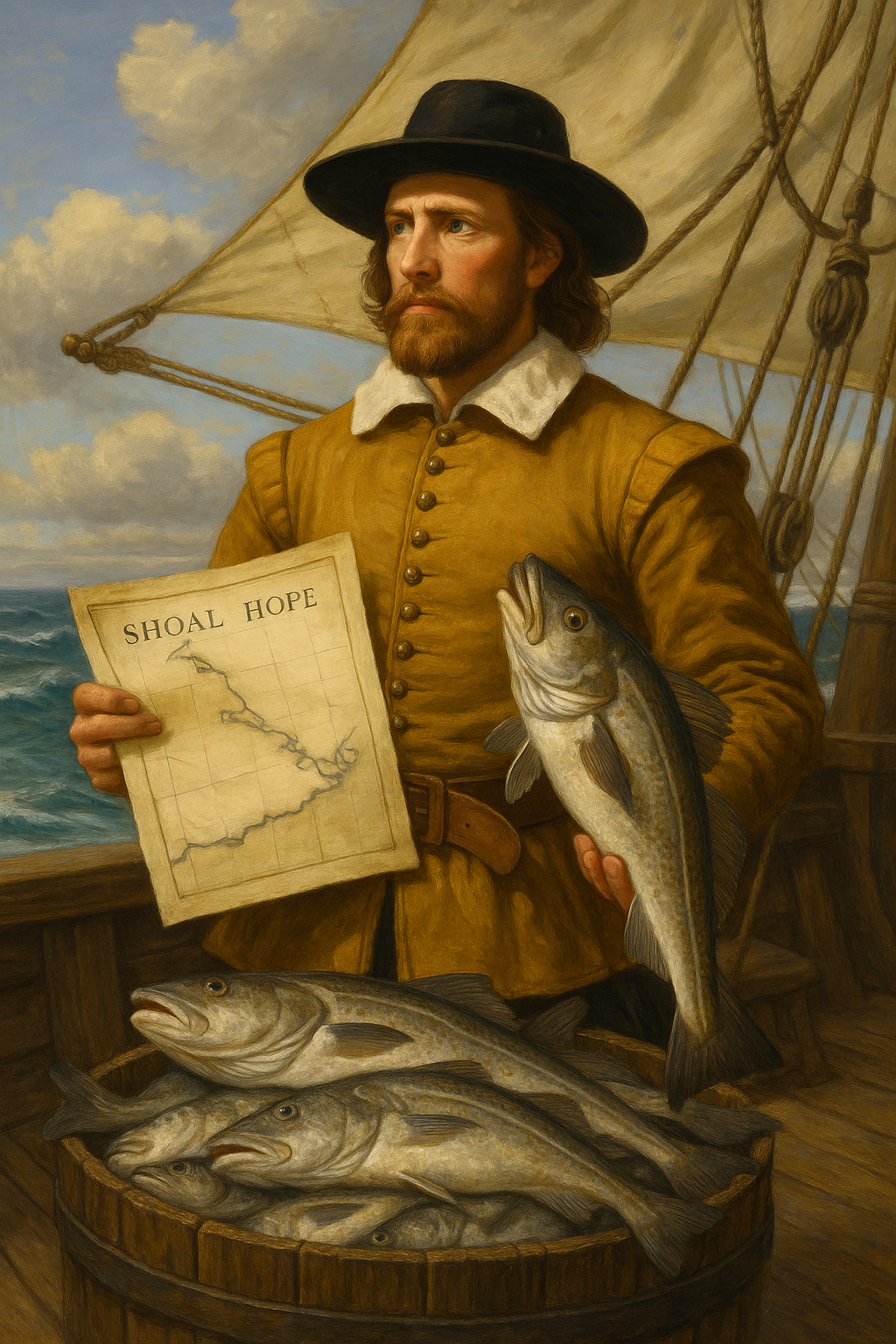 As Gosnold himself recorded: "Near this cape we came to fathom anchor in fifteen fathoms, where we took great store of codfish, for which we altered the name, and called it Cape Cod."
As Gosnold himself recorded: "Near this cape we came to fathom anchor in fifteen fathoms, where we took great store of codfish, for which we altered the name, and called it Cape Cod."
Why Was Cape Cod Originally Called "Shoal Hope"?
Before Gosnold's famous fishing expedition, early English maritime charts labeled this Massachusetts peninsula "Shoal Hope"—likely referring to the shallow waters and sandbars that characterize the area. The expedition's chronicler, Gabriel Archer, specifically noted that they "altered the name" from Shoal Hope to Cape Cod after their remarkable fishing success.
This name change reflects the practical, resource-focused mindset of early explorers who named geographic features based on their most valuable discoveries. The decision proved prophetic, as cod would indeed become the economic foundation of New England for centuries to come.
Gabriel Archer: The Man Who Recorded History
Gabriel Archer (c. 1574-1610), a Cambridge-educated lawyer who accompanied Gosnold's expedition, provided the detailed historical record that preserves the Cape Cod naming story. Born in Essex County, England, Archer chronicled the entire 1602 expedition in meticulous detail.
Archer's account, titled "The Relation of Captaine Gosnols Voyage to the North Part of Virginia," was published posthumously by Samuel Purchas in 1625. This document represents the first detailed English account of any part of New England and serves as the primary source for understanding Gosnold's naming decisions.
The Economic Significance of Cod in Colonial New England
Understanding why Cape Cod's name stuck requires appreciating the immense economic importance of Atlantic cod in the 16th and 17th centuries. For European settlers, cod represented:
Dietary Staple: Cod was easily preserved with salt, making it essential for long sea voyages and winter survival.
Economic Currency: Cod became so valuable in New England that it literally functioned as currency in many coastal communities.
Trade Foundation: The cod fishing industry formed the backbone of New England's early economy and international trade relationships.
Cultural Symbol: Massachusetts honored cod's importance by installing the famous five-foot wooden "Sacred Cod" in the State House on March 17, 1784, where it still hangs today over legislative sessions.
The Sacred Cod: A Living Symbol
The current Sacred Cod is actually the third iteration of this legislative symbol. The first cod effigy was likely destroyed in a 1747 fire that ravaged the Town House (now Old State House). A second cod was installed by 1773 but disappeared during the Revolutionary War, possibly destroyed by British troops.
The present Sacred Cod, installed by Boston merchant John Rowe, serves "as a memorial of the importance of the cod fishery to the welfare of this Commonwealth." It has survived multiple theft attempts, most notably in 1933 when Harvard Lampoon editors "cod-napped" the wooden fish, prompting police to drag the Charles River and search an airplane landing in New Jersey. The fish was eventually returned in a flower box dropped on the State House lawn.
Other Names for Cape Cod That Didn't Survive
Several other explorers attempted to rename Cape Cod, but none of their alternatives gained lasting acceptance:
Cap Blanc (1605): French explorer Samuel de Champlain admired the area's white sand dunes and labeled it "Cap Blanc" on his charts. However, when France abandoned colonization plans for the region, the French name disappeared.
Cape James (1616): Prince Charles renamed the peninsula "Cape James" on John Smith's map to honor his father, King James I. Despite royal backing, English colonists continued using "Cape Cod."
Other Early Names: Maritime records show temporary names like "Point Care," "Tucker's Terror," and "Hill's Hap," but these never gained widespread usage beyond individual logbooks.
The persistence of Gosnold's practical "Cape Cod" over more formal or poetic alternatives demonstrates how deeply the name resonated with the area's maritime identity.
How Cape Cod's Name Expanded Beyond the Tip
Originally, "Cape Cod" referred only to the curved tip of the peninsula where Gosnold first anchored—today's Provincetown area. As English settlement spread westward and southward throughout the 1600s and early 1700s, the name gradually expanded to encompass the entire 65-mile peninsula.
By around 1720, colonial records show "Cape Cod" being used to describe everything east of what would eventually become the Cape Cod Canal. The canal's construction between 1909 and 1914, with official completion on April 10, 1916, physically separated the peninsula from mainland Massachusetts and solidified Cape Cod's identity as a distinct geographic region.
The Cape Cod Canal: Engineering Marvel
The Cape Cod Canal project, originally conceived during colonial times, became reality under financier August Belmont Jr.'s leadership. Construction began June 19, 1909, with the waterway ceremoniously opening for limited traffic on July 29, 1914, at a shallow 15-foot depth. The canal was officially completed to its full 25-foot charter depth on April 10, 1916.
Initially operated as a private toll waterway, the canal struggled financially due to narrow bridge openings and high tolls. The federal government purchased the canal in 1928 for $11.5 million and assigned the U.S. Army Corps of Engineers to improve and operate it as a toll-free waterway.
The Indigenous History Before "Cape Cod"
Long before European explorers arrived, the Nauset and Wampanoag peoples inhabited what they called the "Narrow Land" or "Noepe." These Native American communities had sustainably harvested the same cod-rich waters for thousands of years, developing sophisticated fishing techniques and seasonal migration patterns.
The Wampanoag, whose name means "People of the First Light," were accomplished fishermen and farmers who understood principles of sustainable resource management. They helped the Pilgrims survive their first winter at Plymouth Colony in 1620. European colonization, disease, and land seizures devastated these indigenous communities, but their environmental stewardship had shaped the abundant ecosystem that so impressed Gosnold and his crew.
Martha's Vineyard: Another Gosnold Legacy
During the same 1602 expedition, Gosnold also named Martha's Vineyard, though the exact inspiration remains historically disputed. Multiple theories exist regarding the "Martha" honored in the island's name:
The Daughter Theory: The most widely accepted theory suggests Gosnold named the island after his daughter Martha, who died in infancy in 1598.
The Financier Theory: Another credible theory proposes the island was named after Gosnold's mother-in-law, Martha Golding, who helped finance the expedition alongside the Earl of Southampton.
Multiple Martha Theory: Some sources suggest Gosnold had multiple family members named Martha, making the exact inspiration uncertain.
Historical evidence remains inconclusive, with Gabriel Archer's contemporary account providing no definitive explanation for the naming choice. The ambiguity surrounding Martha's Vineyard's naming contrasts sharply with the clear, practical reasoning behind Cape Cod's fish-inspired moniker.
Atlantic Cod: From Abundance to Crisis
The Atlantic cod that inspired Cape Cod's name has faced a dramatic decline since Gosnold's time, making the historical abundance even more remarkable. When Gosnold's crew anchored off Provincetown in 1602, they encountered cod in such extraordinary numbers that they began throwing fish back to make room on their 50-ton vessel.
Atlantic cod populations collapsed dramatically in the early 1990s due to decades of intensive overfishing. In the Gulf of Maine, cod stocks declined by approximately 80% from 2005 to 2017 and now remain at just 1-4% of sustainable levels. The Gulf of St. Lawrence population has plummeted from 320,000 metric tons in the 1950s to merely 12,000 metric tons in 2023.
Recent scientific research reveals that overfishing has actually forced evolutionary changes in cod populations within decades—changes that scientists previously believed required millions of years. Cod now mature earlier and grow smaller as survival adaptations to intense fishing pressure.
Cape Cod's Modern Legacy and Tourism Appeal
Today, the Cape Cod name carries tremendous marketing power in both real estate and tourism industries, far exceeding what Gosnold could have imagined when he made his practical naming decision. The peninsula's brand recognition drives millions of annual visitors and supports a multi-billion-dollar tourism economy.
Real Estate and Architecture
Properties marketed as "Cape Cod style" command premium prices nationwide, with the architectural aesthetic—characterized by steep roofs, cedar shingles, and symmetrical designs—remaining popular across America. The Cape Cod brand extends far beyond Massachusetts, influencing residential architecture from California to Florida.
Tourism Marketing
Official Cape Cod tourism materials frequently reference the area's fishing heritage, maritime history, and connection to the sea. The region successfully balances its historical identity with modern recreational offerings, from pristine beaches to world-class museums.
Cultural Preservation
Modern Cape Cod embraces its maritime legacy through museums, festivals, and cultural events that celebrate the peninsula's connection to the sea. The Cape Cod Maritime Museum in Hyannis showcases traditional boatbuilding and navigation techniques, while maritime museums throughout the region preserve the area's seafaring traditions.
Why Cape Cod's Name Endures After 400+ Years
The longevity of Cape Cod's name reflects several factors that make it particularly memorable and meaningful:
Simplicity: Unlike elaborate royal names or poetic descriptions, "Cape Cod" is straightforward and descriptive.
Economic Relevance: The name connected directly to the area's primary economic resource for centuries.
Maritime Heritage: "Cape Cod" immediately evokes nautical traditions that remain central to the region's identity.
Cultural Resonance: The name has become synonymous with New England coastal living, summer traditions, and maritime culture.
Timeline: Key Dates in Cape Cod's Naming History
- March 26, 1602: Bartholomew Gosnold departs Falmouth, England aboard Concord
- May 14-15, 1602: Gosnold anchors off Provincetown, catches cod, renames area from "Shoal Hope" to "Cape Cod"
- 1605: Samuel de Champlain labels area "Cap Blanc" on French charts
- 1616: Prince Charles renames it "Cape James" on official English maps
- 1620: Mayflower Pilgrims record arrival at "Cape Cod," confirming popular usage
- c. 1720: Name expands to describe entire peninsula in colonial records
- March 17, 1784: Wooden Sacred Cod installed in Massachusetts State House
- 1909-1916: Cape Cod Canal construction and completion
- 1933: Sacred Cod briefly stolen by Harvard students
- 1990s: Atlantic cod populations collapse
The Enduring Legacy of a Practical Decision
Cape Cod's name tells the story of European exploration, maritime abundance, and the practical mindset of early American settlers. What began as Captain Bartholomew Gosnold's simple decision to honor a remarkable day of fishing has evolved into one of America's most recognizable place names.
Whether you're considering Cape Cod real estate, planning a summer vacation, or simply curious about New England history, understanding how Cape Cod got its name provides insight into the maritime heritage that continues to define this extraordinary peninsula. The cod may be less abundant than in Gosnold's day, but Cape Cod's connection to the sea—and the simple honesty of its fish-inspired name—remains as strong as ever.
Ready to explore Cape Cod properties or learn more about coastal New England living? The peninsula that earned its name from a single day's fishing continues to offer some of America's most desirable waterfront real estate and recreational opportunities, making it the perfect place to create your own Cape Cod story.
Categories
Recent Posts


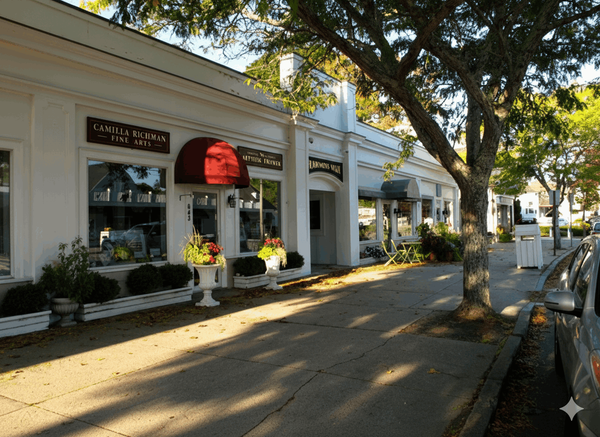
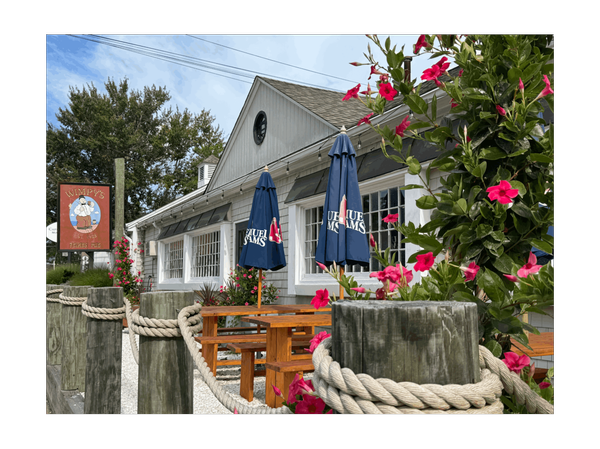
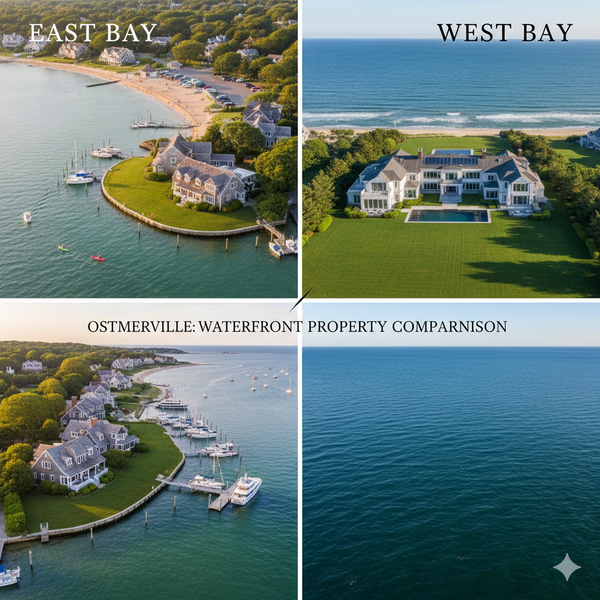
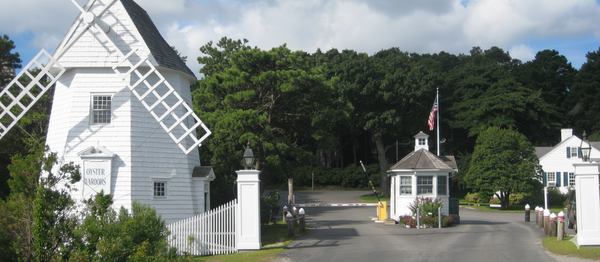
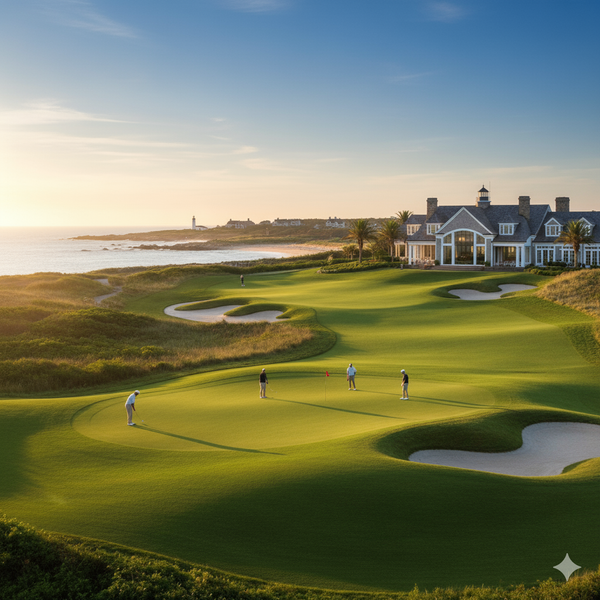
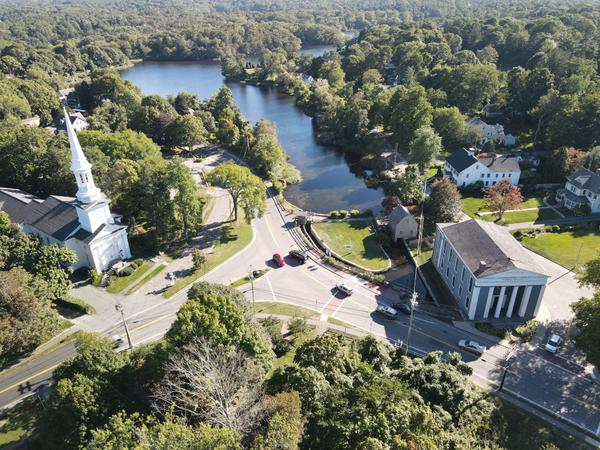

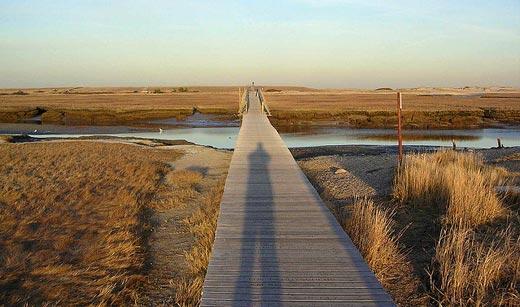
GET MORE INFORMATION

